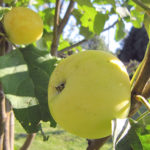Sowing cabbage seeds in open ground
Cabbage is a valuable vegetable crop, which is not the last in the range of agricultural products. It is widely used in cooking, so it is not surprising that there is always a little space for it in the relatively small plots of summer residents, not to mention the gardens of rural residents. Recently, gardeners are increasingly faced with difficulties in growing cabbage, this is a consequence of many objective (abnormal heat, imbalance in the ratio of pests and beneficial insects, soil contamination with pathogens
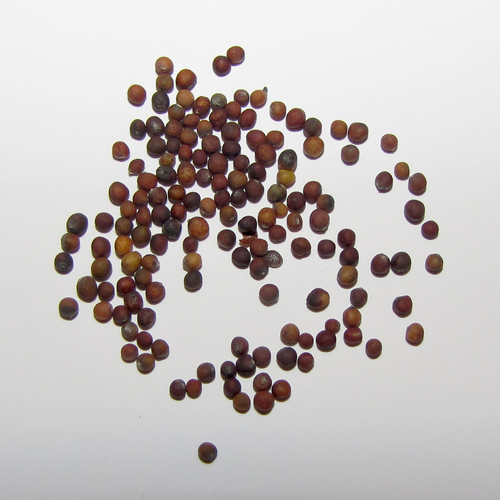
The first mistake of gardeners is the wrong choice of variety
White cabbage is the most widespread and widely grown type. All varieties of white cabbage are conventionally subdivided into 5 varieties, depending on the length of the growing season:
- early maturing (from 70 to 115 days);
- medium early (115-130 days);
- mid-season (130-145 days);
- medium late (from 145 to 160 days);
- late ripening (160 days and more).
Obviously, in some regions it makes no sense to cultivate late-ripening varieties of white cabbage, while in others, with the right selection, you can get 2 harvests per year.
Site selection and crop rotation
The second mistake of gardeners lies in the wrong choice of place, as well as in violation of the requirements for crop rotation.
It is categorically unacceptable to grow cabbage in areas where beets grew before, as well as any representatives of the cabbage family. The best predecessors for cabbage are representatives of the nightshade family (potatoes, tomatoes, peppers), carrots, onions, legumes, cucumbers, green manure.
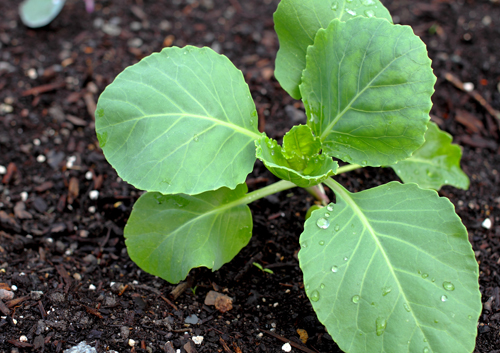
Early maturing and mid-early varieties of cabbage work best on light loam and sandy loam soils, in areas located on the southwestern and southeastern slopes. Such areas are freed from snow early and warm up quickly. Peat bogs and heavy loams are unsuitable for these varieties.
Medium to heavy loams are suitable for growing other varieties. Late-ripening varieties also work well when grown on low-lying peatlands, meadow and sod-podzolic soils. But here, too, there are nuances - you should not allocate areas with an acidic reaction of the soil solution under the cabbage.
Tillage
Soil cultivation technology depends on many factors, among which are the type of soil and its weediness, climatic conditions, place in the crop rotation (predecessors). This can be peeling (disking), plowing at different depths, and so on.
It must be remembered that cabbage consumes a large amount of nutrients - this must be taken into account when preparing the site. For example, early varieties need a lot of nitrogen with a moderate phosphorus-potassium diet. The medium-ripening varieties also require a high nitrogen background and a large amount of potassium. Overestimated doses of nitrogen fertilizers are harmful to late ripening, as the safety of products worsens in winter.
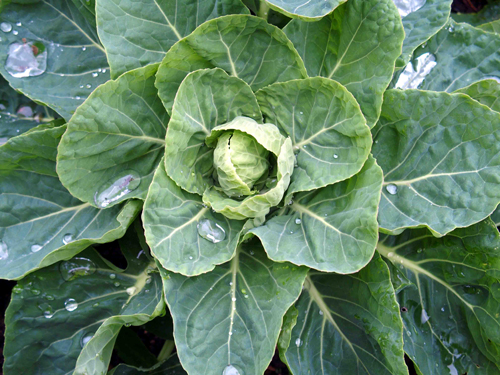
Presowing preparation of cabbage seeds
To ensure the uniformity of seedlings, the seeds are calibrated, for which sieves with different hole diameters are used. Early varieties are calibrated on sieves with a mesh of 1.5 mm, and for later varieties, the diameter is increased to 2 mm. All seeds that have passed through the sieve are rejected.
Cabbage can be affected by various viral and fungal diseases, therefore, the seed material must be treated with broad-spectrum drugs that are available in specialized stores.In the absence of such preparations, it is permissible to process the seeds in a solution of potassium permanganate. They are kept in a solution of potassium permanganate for half an hour, after which they are washed in running water.
For the prevention of vascular bacteriosis, downy mildew and phomosis, the seeds must be poured with water with a temperature in the range of 48-50 ° C, kept for 20 minutes and immediately cooled by dropping for 2-3 minutes in cold water.
Agro-reception of vernalization accelerates the emergence of seedlings by 4-8 days, shortens the growing season by about 2 weeks, and also stimulates plant growth. The technique provides for preliminary germination of seeds, followed by keeping at a temperature of 0 to +3 ° C for 2 weeks.
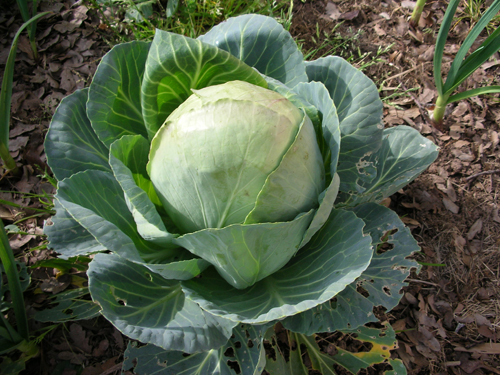
Sowing seeds in the ground
The timing of sowing in open ground depends on the variety type, as well as on the climatic conditions of the region where the crop is grown. Early maturing varieties are sown from March 25-30, in the northern regions 3-4 days later, and earlier in the southern regions. Mid-season in some regions can be sown in 2 terms - March 25-30 and June 1-5. Late-ripening varieties are sown from 25-30 April, and some from 15 to 20 May.
As a rule, cabbage seeds are sown in holes, the distance between which is 25-30 cm for early varieties, 35-40 cm for mid-early and mid-season, 40-60 cm for late ripening varieties.
The recommended seeding depth is 1–2 cm. When sowing in summer, they must be sealed deeper (by 4–5 cm). 3-4 seeds are sown in each hole. After sowing, many gardeners cover the wells with caps made of glass jars or pieces of plastic bottles - this technique provides quick warming up, and also protects the soil from drying out.
The grown seedlings are thinned out, leaving one plant in each hole - the rest can be used as seedlings.
Caring for planting cabbage
Cabbage needs a lot of moisture for normal development. For irrigation, experienced gardeners use drip or fan irrigation systems, mulch the soil with organic materials.
When growing, it is necessary to control weeds, but it is better not to touch the "rug" (purslane), as this plant perfectly protects the soil from overheating.
If necessary, carry out root and foliar dressing. Late varieties are fed 1-2 times, and early cabbage - twice.



